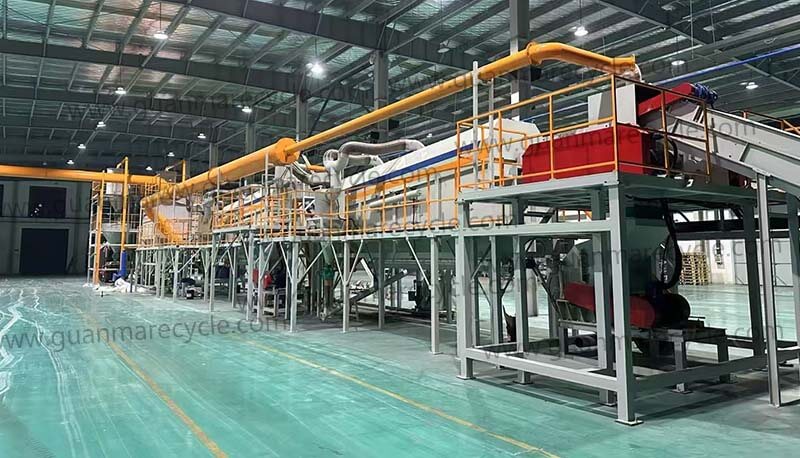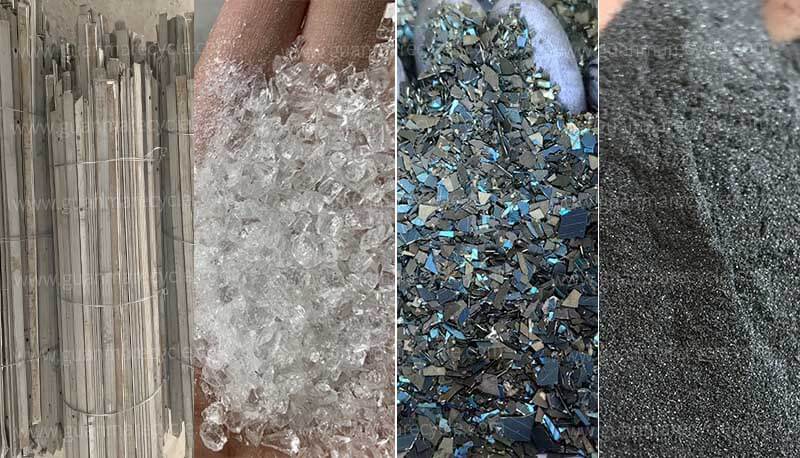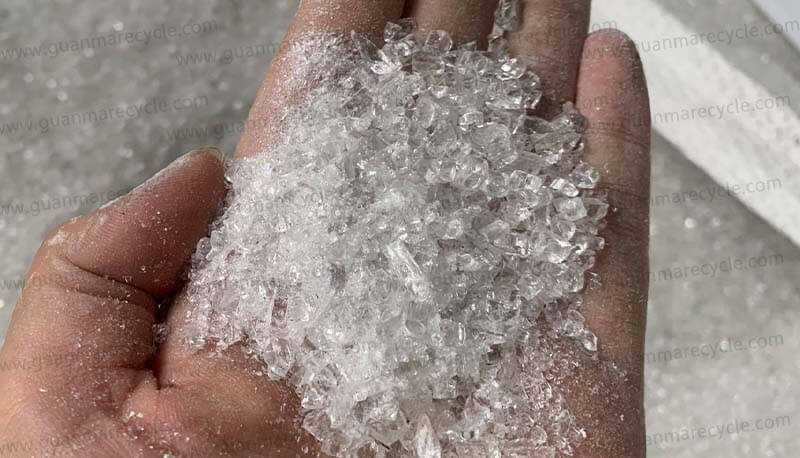A lithium battery recycling machine is an industrial device designed to break down and recycle lithium-ion batteries. These machines use advanced technology to extract reusable materials like lithium, cobalt, nickel, copper, and aluminum from old batteries. These materials can then be repurposed in the production of new batteries or other electronic components.
Lithium Battery Recycling Machine How it Works: Key Components
Lithium battery recycling machines typically consist of several key components:
Shredders: To break down batteries into smaller parts.
Hydraulic systems: To assist in the dismantling process.
Separation systems: To separate different materials based on their physical properties.
Refining units: To purify the extracted materials for reuse.
Why is Lithium Battery Recycling Crucial?
The Scarcity of Raw Materials for Batteries
The demand for lithium-ion batteries is skyrocketing, especially with the rise of electric vehicles and renewable energy storage systems. However, the raw materials required to manufacture these batteries, such as lithium, cobalt, and nickel, are limited and often come from mining operations that have significant environmental impacts.
Recycling these materials helps to alleviate the pressure on these finite resources, making lithium battery recycling a vital part of the circular economy.
Reducing Environmental Pollution
Improper disposal of lithium batteries leads to environmental pollution. As mentioned earlier, harmful chemicals from these batteries can contaminate the soil and water, posing a threat to wildlife and human health. Recycling helps to keep these harmful substances out of the ecosystem.

The Process of Lithium Battery Recycling
Step 1: Collection and Sorting
The first step in the recycling process is collecting used batteries and sorting them based on type and size. This helps ensure that only lithium batteries are sent to the recycling plant, avoiding contamination with other types of batteries, which might contain hazardous materials like lead or mercury.
Step 2: Discharge and Dismantling
Before recycling begins, lithium batteries must be discharged to prevent any risk of fire or explosion. Once discharged, the batteries are dismantled to separate the various components, including the plastic casings, metal parts, and internal cells.
Step 3: Material Recovery
After dismantling, the materials are separated. This is typically done using shredders, magnets, and air classification systems that divide the metals, plastics, and other materials. The valuable metals like cobalt, nickel, and lithium are extracted during this process.
Step 4: Refining and Repurposing
The extracted materials are then sent through refining processes to purify them for reuse in new batteries or electronic components. The refining process ensures that the materials are free from contaminants and are of high enough quality for reuse.
How to Choose the Right Lithium Battery Recycling Machine
When selecting a lithium battery recycling machine, consider factors such as:
Capacity: Ensure the machine can handle the volume of batteries you plan to recycle.
Efficiency: Look for machines that can extract a high percentage of recyclable materials.
Safety Features: Ensure that the machine has adequate safety features to handle lithium batteries.
Cost: Balance the cost of the machine with its performance and capabilities.
Lithium battery recycling is a critical component of the sustainable energy future. By improving recycling technologies and expanding the infrastructure needed to support this growing industry, we can reduce our reliance on mining, mitigate environmental pollution, and unlock significant economic opportunities. The future of lithium battery recycling looks bright, and continued innovation will drive the sector toward even greater efficiency and impact.


